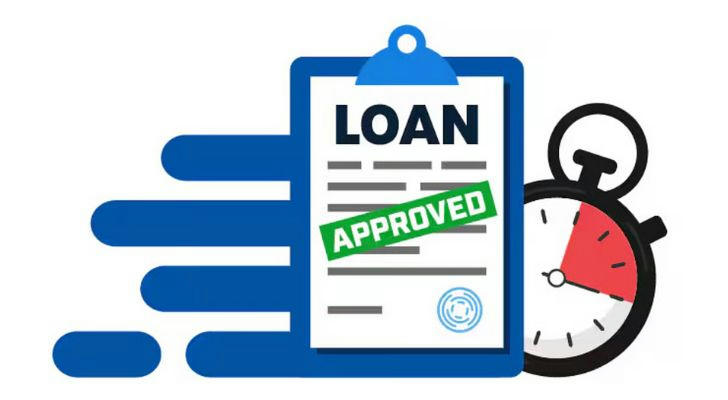Everything You Need to Know About Personal Loans
A personal loan can be a powerful financial tool—if used wisely. Whether you’re consolidating debt, covering emergency expenses, or financing a big-ticket purchase, understanding how personal loans work helps you make better choices, avoid hidden costs, and improve your financial well-being.

What Is a Personal Loan?
A personal loan is a type of installment loan that allows you to borrow a fixed amount of money and repay it over a set period, usually with fixed monthly payments. Unlike auto loans or mortgages, personal loans are typically unsecured, meaning you don’t need to put up collateral like a car or home.
Lenders base approval on your credit score, income, debt-to-income ratio, and other financial factors. Interest rates can vary widely, from as low as 5% for excellent credit to over 30% for borrowers with lower credit scores.
Common Uses of Personal Loans
Personal loans offer flexibility and can be used for almost any purpose. Some of the most common include:
- Debt consolidation – Combine multiple high-interest debts into one lower-rate payment.
- Medical expenses – Cover surgery, dental care, or emergency treatment not fully covered by insurance.
- Home improvement – Finance upgrades like roofing, HVAC, or kitchen remodels without using your home as collateral.
- Unexpected bills – Manage unplanned expenses like car repairs or emergency travel.
- Major life events – Fund weddings, adoptions, or moving expenses without using credit cards.
Be sure to use the loan for something that either saves you money or improves your quality of life long term.
How to Qualify for a Personal Loan
Getting approved for a personal loan depends on a combination of factors. Here's what lenders typically consider:
1. Credit Score and History
Your FICO score gives lenders a snapshot of your creditworthiness. A score of 670 or above is usually needed for good rates.
2. Income and Employment Stability
Steady income assures lenders that you can make consistent payments. Some lenders may require proof of employment or income statements for the last 2–3 months.
3. Debt-to-Income Ratio (DTI)
DTI is the percentage of your monthly income that goes toward debt payments. Lenders prefer a DTI below 36%, though some may accept up to 45%.
4. Loan Amount and Term
The amount you request and the repayment term affect both your monthly payment and overall approval chances. Smaller loans with shorter terms are easier to approve.
Interest Rates and Fees to Watch For
Not all personal loans are created equal. Here are some key costs to understand:
- Annual Percentage Rate (APR) – Includes both the interest rate and fees, giving you the true cost of borrowing.
- Origination Fees – A one-time fee (often 1%–8%) deducted from your loan upfront.
- Prepayment Penalties – Some lenders charge a fee if you repay the loan early.
- Late Fees – Missed payments can result in additional charges and hurt your credit score.
Always read the loan agreement carefully and ask questions before signing.
Secured vs. Unsecured Personal Loans
While most personal loans are unsecured, some lenders offer secured personal loans backed by savings accounts, vehicles, or other assets.
Pros of Secured Loans:
- Easier approval for borrowers with low credit
- Potentially lower interest rates
- Higher borrowing limits
Cons:
- Risk of losing the asset if you default
- More complex application process
- May take longer to fund
Choose the loan type that aligns with your financial profile and risk tolerance.

Where to Get a Personal Loan
You have several options when shopping for a personal loan:
- Traditional Banks – Good for existing customers with strong credit
- Credit Unions – Often offer lower rates and flexible terms
- Online Lenders – Fast application and funding; great for comparing multiple offers
- Peer-to-Peer Lending Platforms – Loans funded by individual investors; flexible but may carry higher fees
Always compare multiple offers and check the lender’s reputation before applying.
How to Use a Personal Loan Responsibly
While personal loans can be helpful, they are still debt—and should be used wisely. Here are some tips:
- Borrow only what you need – Avoid over-borrowing, which leads to unnecessary interest costs.
- Have a repayment plan – Budget the monthly payment into your regular expenses.
- Avoid using loans for recurring expenses – Personal loans are best for one-time needs, not for funding a lifestyle.
- Improve your credit before applying – A higher score means lower interest and better terms.
A personal loan should make your financial life easier, not more stressful.
Final Thoughts
Personal loans offer flexibility and quick access to funds, but they come with responsibilities. Understanding your options, comparing lenders, and borrowing strategically can help you unlock the benefits while avoiding common pitfalls.
Whether you’re consolidating debt or covering an emergency, the right personal loan—used the right way—can be a powerful step toward greater financial stability.
